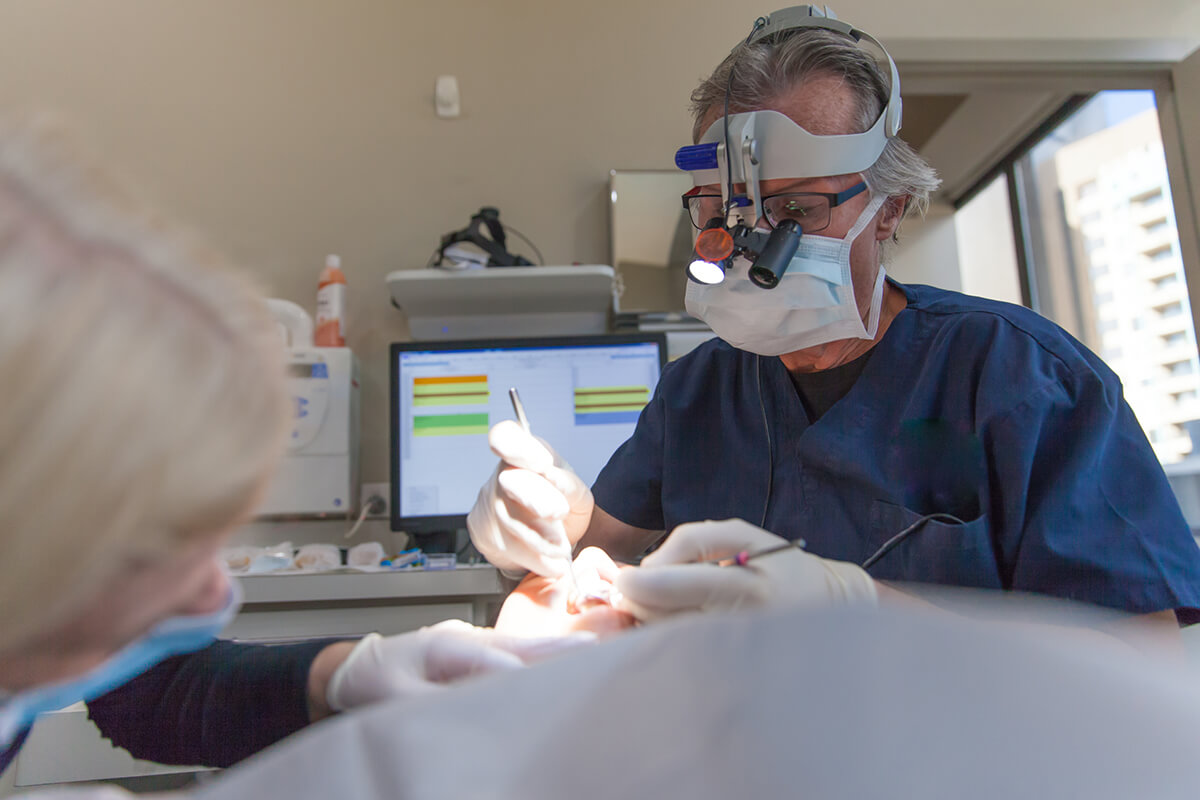Tooth extractions are routine dental procedures that are done regularly in your dentist’s office. Having a tooth removed can be very beneficial to one’s overall oral health — especially if the patient has opted for additional treatment, such as an implant or bridge.
Can you drive after getting a tooth extraction? It all depends on whether you received local anesthesia or if you opted for sedation, too.
What You Can Expect
The tooth extraction process is rather quick and routine. Local anesthesia is administered so that no pain is felt throughout the process, though it is not uncommon to feel some pressure during the procedure.
Once treatment is complete, you can drive yourself home from your dental appointment.
Although the anesthesia keeps you from feeling pain, some patients elect to have sedation. This is a great idea for those who have a bit of apprehension or who are nervous about their procedure. It is important to note, however, that various types of sedation can require you to have a ride home from your appointment as you will not be able to drive.
Different types of sedation impact the body in different ways. This means it matters which type you choose when it comes to driving afterward. For instance, nitrous oxide (known as laughing gas) is a gas breathed in through a mask that covers the nose. Its impact is felt almost instantly — and it will stop moments after the mask is removed.
You can drive home after nitrous oxide.
When it comes to any other type of sedation, including oral sedation, it will be necessary for someone to drive you home after the procedure.
Advantage of Having a Tooth Extracted
If you are on the fence about whether or not you should move forward with your tooth extraction, keep in mind that there are quite a few advantages of doing so, including:
- Reduce the chance of more complex dental work later if the tooth is left to fall out on its own
- Relief from pain and irritation caused by the tooth, especially if infected or broken
- Minimize the risk of infection spreading from an infected tooth
What’s more, when you have a tooth extracted, the area is ready for additional dental work — whether from the oral surgeon or restorative dentist, such as a dental implant or dental bridge.
Frequently Asked Questions
How long do I have to wait after an extraction before I can replace a tooth?
Generally, you will want to wait a few weeks after the extraction so that the area has time to heal before replacing the tooth. If implants are the treatment of choice sometime it could be 4 to 6 months before a tooth is placed. However, if you are a candidate, certain procedures will allow you to proceed without waiting at all.
How long does a tooth extraction take?
While it will vary from patient to patient, the average tooth extraction process can be done in about 20 to 30 minutes. More than one extraction will extend this time.
Need a Tooth Extraction?
If you need a tooth extraction, the dental team at Kalmar Family Dentistry can help. Not only do we have what it takes to save a natural tooth, but we can extract it, as well or refer you if necessary to the proper specialist. We also offer you many different options for replacement.
Contact us today at 631-673-0670 to learn more.

